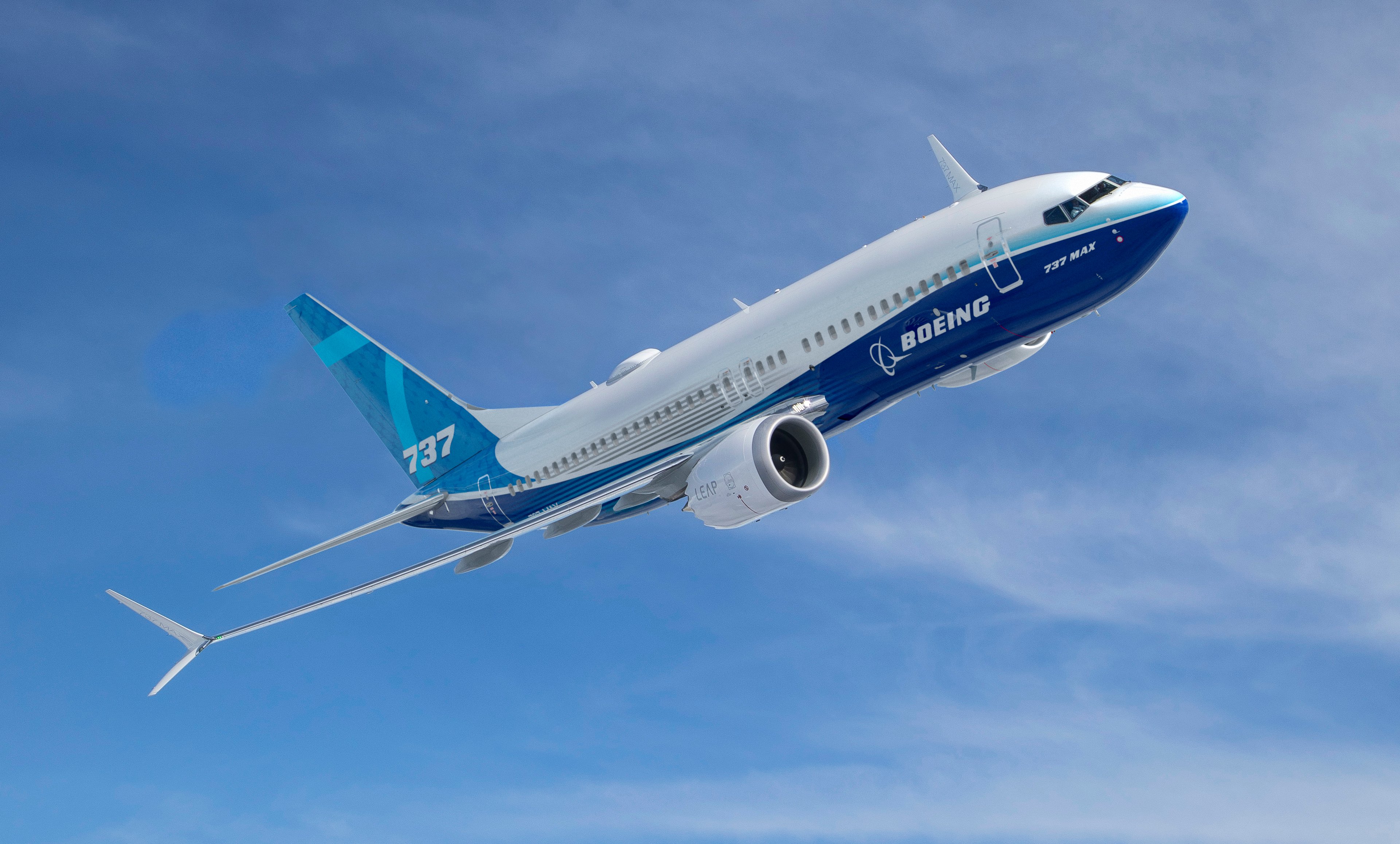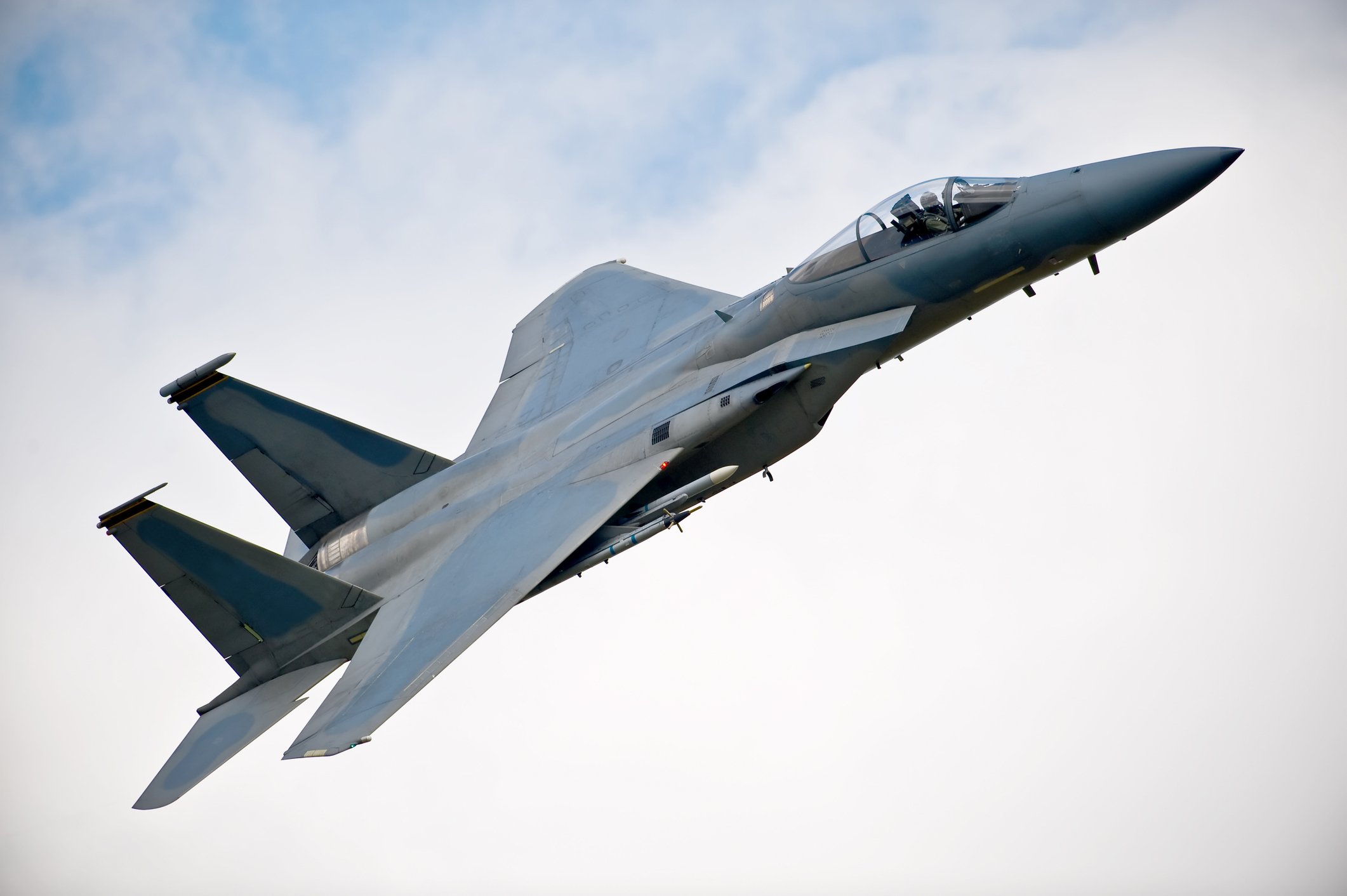Cra-a-ack!
That's the sound of the breaking up of one of the weirdest marriages of convenience we've ever seen in world politics -- a geopolitical alliance between America and Russia to benefit... Afghanistan.
For the past several years, the U.S. Department of Defense has been building a new air force for Afghanistan, in hopes that the country can defend itself after U.S. troops leave in 2014. But to outfit this fledgling air corps, America has been supplying the Afghans not with F-16 fighter jets from Lockheed Martin (LMT +0.15%), or Sikorsky helicopters from United Technologies (UTX +0.35%) -- but with Brazilian Super Tucano aircraft from Embraer (ERJ +2.40%) and... Mi-17 "Hip" helicopters from the Russian defense contractor Rosoboronexport (literally, "Russian Defense Exports").

Afghan National Air Corps Mi-17 Hips in flight. Source: Wikimedia Commons
Figures aren't firm just yet, but buying Super Tucanos will probably cost the U.S. taxpayers close to $1 billion. Meanwhile, the Pentagon has already spent more than $1 billion to buy 63 Mi-17s for the Afghan air force.
Congress calls shenanigans
But not a penny more. The Pentagon was planning to spend an additional $345 million to buy 15 more Mi-17s for Afghanistan. But Congress just decided that enough is enough.
Senator John Cornyn of Texas is reportedly incensed over the "morally bankrupt policy" of buying weapons from the same company (Rosoboronexport) that is arming the fratricidal regime of Syrian President Bashar al-Assad. The fact that we've been paying geopolitical rival Russia for the privilege of arming the Afghans probably adds to his ire. After all, it wasn't that long ago that we were helping Afghan mujahedeen shoot down these kinds of helicopters, when the Soviets used them to invade Afghanistan.
It seems the cognitive dissonance of this policy -- spending U.S. tax dollars to support one adversary's defense industry by buying weapons for yet a third country (which, if technically an ally, doesn't really like us very much) -- has finally come to a head. On Thursday, the Pentagon announced that it is ending the Mi-17 program and canceling a planned purchase of additional helos.
And yet, this does pose a problem.
Who will build the helos?
If we're all agreed that Afghanistan needs an air force -- so that it doesn't revert to Taliban rule as soon as U.S. forces depart -- but we're not going to buy the helicopters from Russia, then... from whom will we buy them?
U.S. defense contractors would seem to be the obvious answer. After all, while it's commonly assumed that Russian weapons systems cost less than U.S. armaments, that doesn't appear to be the case here. The 15 new Mi-17s that we were about to buy, before Congress put a kibosh on the deal, were priced at $23 million apiece. That's actually a bit more expensive than a standard Sikorsky Black Hawk transport, which has similar cargo capacity to an Mi-17, but is a bit smaller and faster -- and sells for only $21 million.

Sikorsky's Black Hawk -- better than a Hip, and cheaper, too? Source: Wikimedia Commons
Other options might include Boeing's (BA +2.00%) Chinook, or the V-22 Osprey that Boeing builds in cooperation with Textron (NYSE: TXT). Both are more expensive than the Mi-17 or Black Hawk, but the Chinook can carry more cargo and the Osprey is faster.
Foolish takeaway
Why we didn't do this from the get-go, before spending more than $1 billion on five dozen Russian whirlybirds, is beyond me. But with the Rosoboronexport arms now off the table, an opportunity has opened for U.S. defense companies to earn more profits from arming the Afghan military. Can they capitalize on it?










